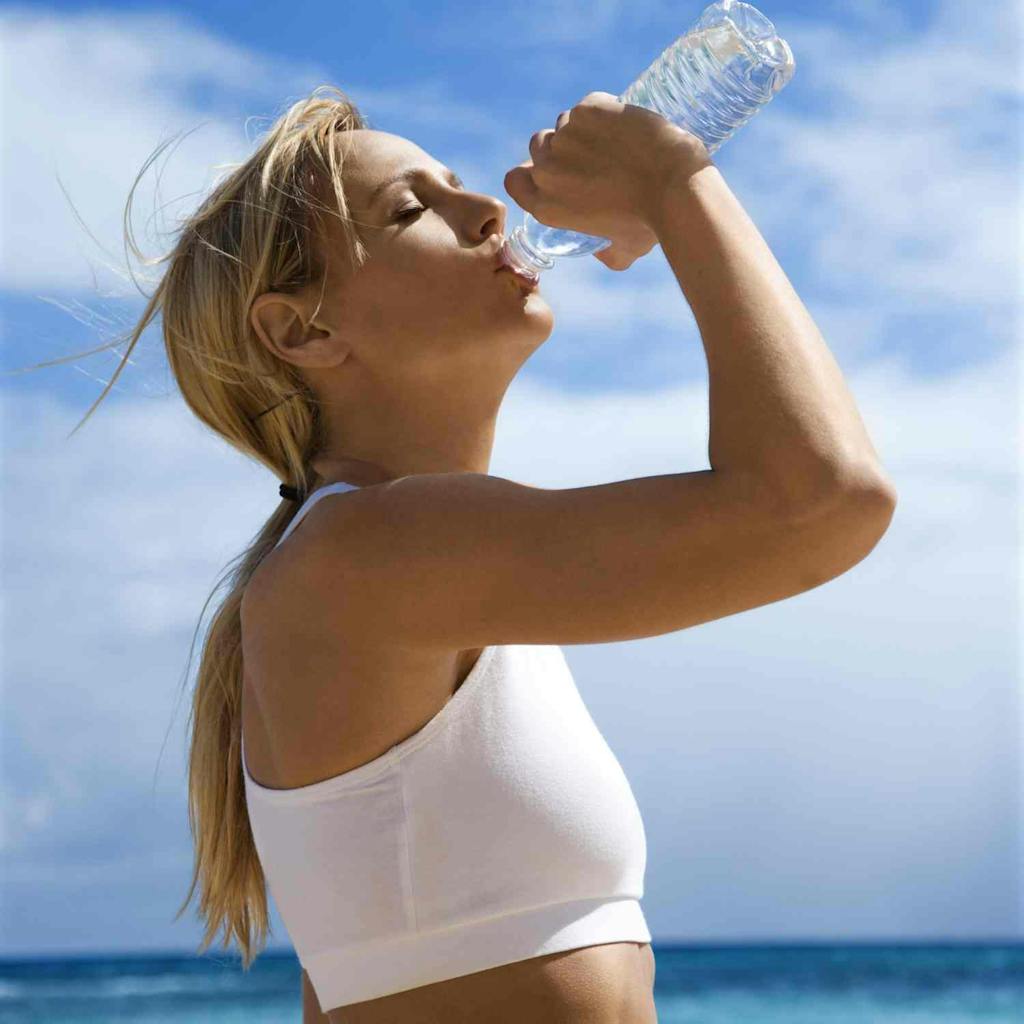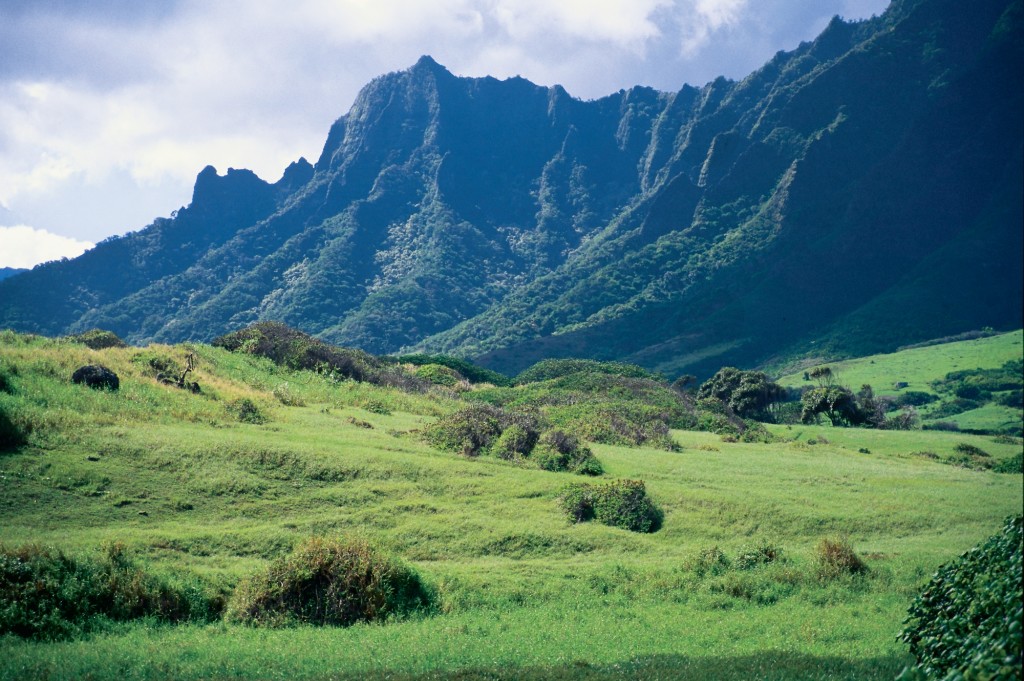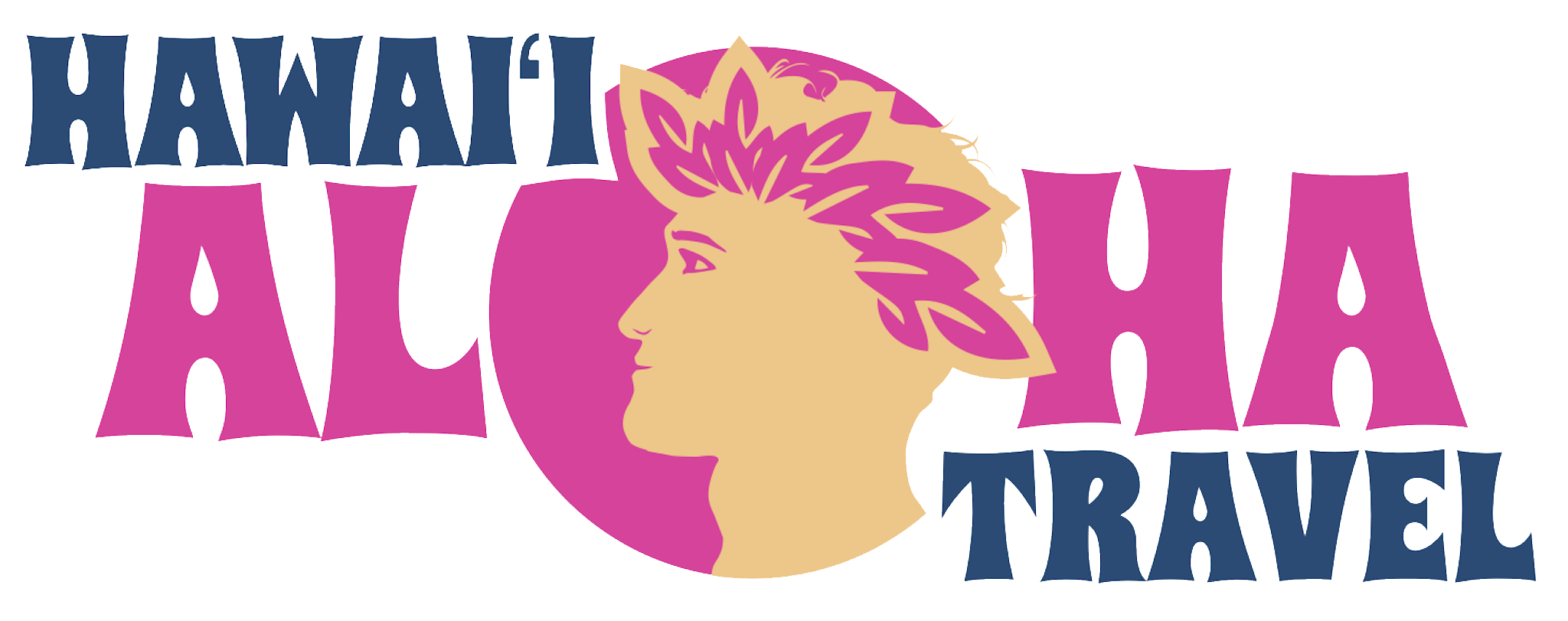One of the most common questions I get from visitors is this: Can you drink tap water in Hawaii, or should I buy bottled water?
The short answer is: Tap water is safe to drink.
According to the Board of Water Supply, Hawaii tap water is some of the best quality drinking water around. It is rainwater that naturally filters through underground porous volcanic rock for about 25 years before reaching aquifers.
In fact, if you buy bottled water on Oahu, it’s very likely the exact same water you would find if you filled your bottle from the sink in your hotel. That’s because bottled water for sale on Oahu comes from the same aquifers as our tap water.
Treating Hawaii Tap Water
Recently, the Honolulu Civil Beat reported that there is almost no bacteria in the water in Hawaii, and water here requires very little chlorine – zero to 0.15 milligrams per liter.
Many mainland cities use surface water from rivers and lakes — water that is exposed to contaminants in the air. But, Hawaii’s water, which percolates through basalt below the ground, has protection from airborne bacteria.
Bottled Water VS Tap Water in Hawaii

Yet, in spite of all the scientific evidence and the regular testing of all municipal water in Hawaii, there is a subtle effort by some water treatment companies and bottled water manufacturers to make us feel uncomfortable about the water from islands’ taps.
And, to be fair, many visitors to Hawaii live in places where the tap water ISN’T safe. Plus, many international tropical destinations are famous for their poor drinking water. So, it makes sense to feel skeptical about whether you can drink tap water in Hawaii.
If you still want to buy bottled water while on vacation in Hawaii, you might see the name Menehune Water Company. Menehune is the state’s biggest bottled water company.
Menehune’s bottled water is from the same aquifer as regular tap water, but it has been filtered in an eight-step reverse osmosis process that removes 99 percent of the water’s minerals.
In reverse osmosis, dissolved inorganic solids are removed from water by using pressure to push the water through a semipermeable membrane. The membrane allows the water to pass through but not the dissolved solids, which flush down the drain.
People have mixed opinions and research about the benefits of reverse osmosis, but whether you choose to invest in Menehune (or other bottled water) is up to you during your vacation.
Safety Regulations & Geographical Benefits
Each year, the Board of Water Supply and the Department of Health conduct thousands of tests on drinking water as required for all states by the U.S. Environmental Protection Department. This is what sets Hawaii apart from international locales with unsafe drinking water.
Hawaii’s geography also makes its water unique.
Hawaii’s almost-omnipresent trade winds carry with them moisture that has evaporated from ocean water warmed by the sun. The winds blow across the ocean and reach Oahu from the northeast, then are deflected upwards as they hit the steep cliffs of the Koolau Mountains. The rising moisture cools as it reaches the mountaintops. Then it forms clouds, condenses, and falls as rain.
If Oahu didn’t have both mountain ranges and flat plains, the island wouldn’t be able to capture the moist air needed to support the living things that exist now.

How Hawaii’s Water Reaches Your Glass
In a year, Oahu sees about two billion gallons of rainfall. About a third of that replenishes the island’s aquifer (the layer of rock, sand, and gravel ground water flows through). Another third nurtures the island’s vegetation, and the rest runs off into the ocean.
Drawing Water From the Ground
For the drinking water you’ll enjoy while you’re here, the Honolulu Board of Water Supply uses four shafts, 12 tunnels, and 84 well stations around the island to draw water from the ground. Dike Tunnels are drilled through a mountain to its dike rock compartment, where freshwater is drawn out before it reaches the aquifer. Inclined shafts descend hundreds of feet to the top of the aquifer, skimming its upper layer to extract fresh water. Deep wells are located over the aquifer and supply most of the island’s water.
At the Surface
On the surface, the water enters a complex and unique water transmission system, which transports water from pumping stations to customers. Pumping stations pump water from the shafts, tunnels, and wells into the transmission system.
Sometimes, booster stations push water over long distances and to higher elevations. The purpose of pumping and booster stations is to deliver fresh water to the reservoirs, which store water for future use.
Into Your Tap
Finally, when water is needed, it’s fed back into water mains for delivery to hotels and resorts, homes, and businesses. More than 2,000 miles of transmission mains convey fresh water from the pumping stations to the reservoirs. Then, the water arrives to your hotel room and the restaurants you visit.
Drink up. It’s good stuff.
You Can Drink Tap Water in Hawaii!
Bottom line? Hawaii tap water IS safe to drink. And, it’s no less safe than bottled water, most of which comes from the same place as our tap water. So, drink up and feel good about it!




